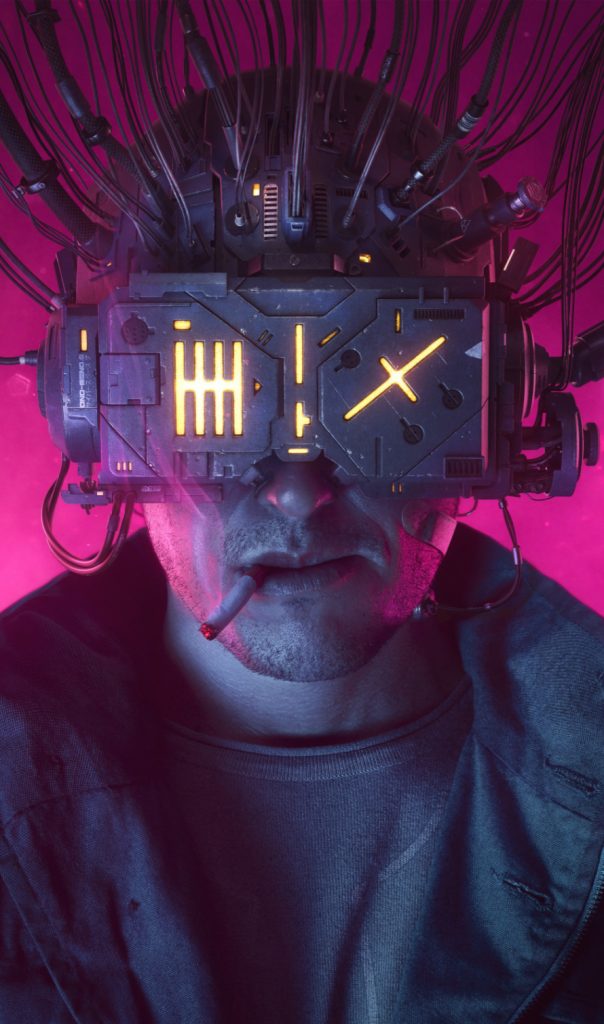One defining feature that is seen throughout the cyberpunk genre is the dystopian city filled with skyscrapers and neon lights. This is juxtaposed with societal collapse, which can only be assumed to be a result of the technological advancements of the time. The movie Blade Runner (1982) directed by Ridley Scott was one of the first recognized cyberpunk films and paved the way for media of the same genre that came after it. One piece of media that followed this film was Neuromancer which was published by William Gibson two years after the release of Blade Runner. Neuromancer is a notable book because it also served as a heavy influence for the cyberpunk genre. The creativity of technological inventions seen within the book caused a shift in science fiction, paving the way for what cyberpunk is today. In both of these pieces of media, we also see a theme common within the cyberpunk genre, “high tech, low life”. In Blade Runner, technological advancements of the city are displayed throughout the skyline (bright building lights and electronic billboards) as well as in the presence of replicants which were human like androids that were originally created to be slaves to the human population. Within the film we see characters like Deckard eating in crowded food stations surrounded by televisions that barely work and the replicants living in rundown abandoned buildings. These same key aspects of the “high tech, low life” theme in the cyberpunk genre are presented within Neuromancer as well. In the book, characters within the story have been technologically enhanced, some having artificial limbs and even vision. Gibson also describes areas like Chiba city which have the bright lights and holograms on buildings throughout the city, which are primary element of cities in the cyberpunk genre. Additionally, within the book there are places like Night City which is more like the “slums” on the outskirts of Chiba City. Crime is prevalent in this area as people try to sell and distribute what they can to survive. It is clear that Blade Runner had some influence on the writing of Neuromancer due to similarities content in which the cities with bright lights and many technological advancements led to the downfall of society. However, these notable elements in those two pieces of work paved the way and continued a movement for the establishment of the cyberpunk genre and the many pieces of media that came after.

